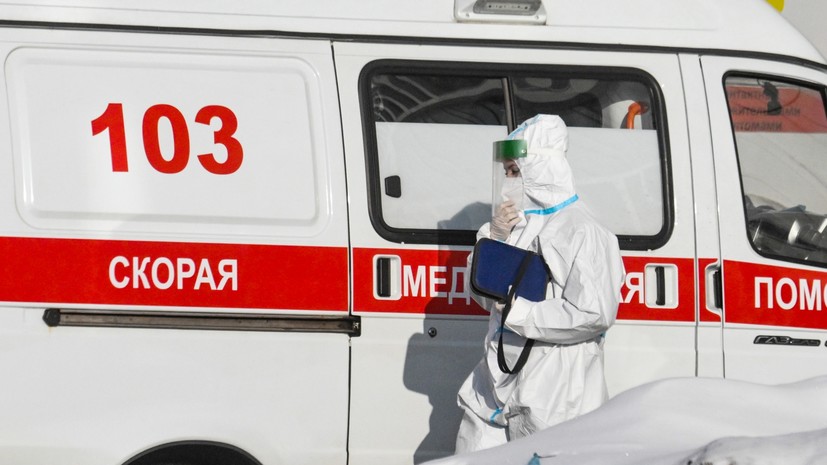Over the past day, 8,632 people with COVID-19 were hospitalized in Russia, which is 47.2% less than on February 23.
132,998 new cases of coronavirus infection have been identified.
762 patients died from complications that developed against its background and concomitant diseases.
136,433 people have recovered.
Over the entire observation period, 15,928,568 cases of SARS-CoV-2 coronavirus have been detected in the country.
12,972,661 people recovered, 348,578 deaths were recorded.
St. Petersburg remains the leader in the number of new cases of COVID-19 per day - 8742 cases.
Krasnoyarsk Territory is in second place (5121), Moscow is in third (4730).
In the capital, 505 people were hospitalized with coronavirus per day.
More than four thousand cases of COVID-19 per day were also detected in the Novosibirsk region (4529), Perm region (4408), Bashkiria (4196), Sverdlovsk (4166) and Samara (4160) regions.
Meanwhile, Rospotrebnadzor announced an increase in the number of episodes of infection with the omicron variant under the designation BA.2, also known as the stealth omicron, in the country.
In the Russian Federation, this subspecies of the virus was discovered in early February.
According to Kamil Khafizov, head of the scientific group for the development of new diagnostic methods based on sequencing technologies of the Central Research Institute of Epidemiology of Rospotrebnadzor, the proportion of cases of infection with omicron BA.2 is now 7.4%.
The scientist explained that as of February 2022, Omicron is divided into three main lines: BA.1, BA.2, BA.3.
At the same time, the BA.2 subline is gradually becoming dominant in several countries.
Khafizov also mentioned that Japanese scientists had previously identified BA.2 as more pathogenic, so the risk of spreading this version of the disease may be higher compared to BA.1.
Asymptomatic course and spread of coronavirus
General Practitioner, Assistant of the Department of Polyclinic Therapy, Russian National Research Medical University.
N.I.
Pirogov, Viktor Lunev, in an interview with the Moscow 24 channel, noted that post-covid syndrome can form even in those who have had the disease asymptomatically.
In particular, the doctor said that one of the signs indicating that a person had COVID-19 without symptoms is the sudden development of post-covid conjunctivitis.
“If suddenly there was a burning sensation in the eyes, pain, a feeling of sand, the eyes often began to water or blush, then in this case you should pay attention to this and visit an ophthalmologist,” the specialist said.
Other signs may be a violation of taste and smell.
The doctor also attributed the possible consequences of the asymptomatic course of the coronavirus to abdominal pain, sleep disturbance, memory, attention, and chronic fatigue.
“This is chronic fatigue, usually not associated with increased physical exertion and persisting even after a good, quality rest,” Lunev said.
Doctors also pay attention to the reaction of the nervous system to the spread of coronavirus.
Head of the Department of Rehabilitation of Psychoneurological Patients of the National Medical Research Center for Psychiatry and Neurology named after N.N.
Bekhtereva Denis Zakharov noted that fear of COVID-19 can be both productive and vice versa.
According to him, guided by productive fear, a person follows preventive measures, gets vaccinated, wears a mask in public places, reducing the risk of morbidity.
As Zakharov explained, such a person compensates for fear and continues to live on.
“If nothing helps and there are still psycho-neurological changes — sleep is disturbed, problems with pressure, indigestion, vegetative manifestations in the form of sweating, decreased memory and attention — these are alarming symptoms.
They need specialist help.
A person cannot solve the problem on his own.
Here it is appropriate to talk about unproductive fear, which does not bode well, ”Rossiyskaya Gazeta quotes Zakharov.

